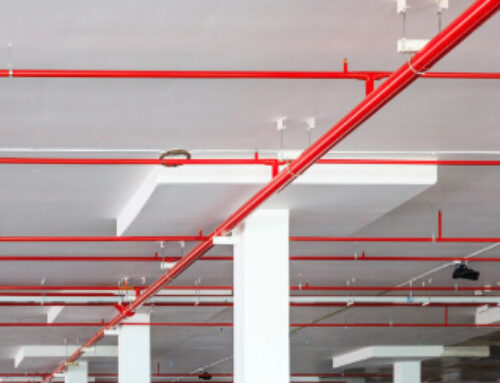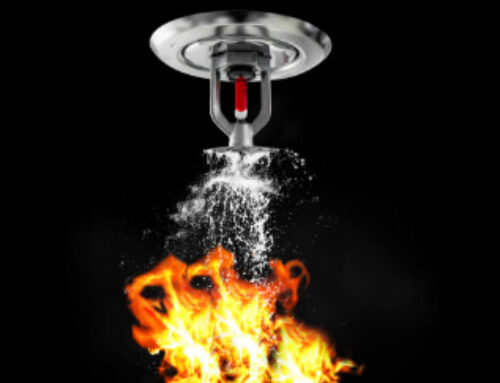Quality fire alarm systems warn you early when there is a fire and give you time to escape. However, overly sensitive systems can often raise a false alarm or cause unnecessary noise.
There are four main types of at-home alarm systems – including two varieties of smoke alarms and a heat alarm. This blog provides information about the different types of alarms and how to decide the best fire alarm system for your Irish home or property.
Types Of Fire Alarms
1. Heat Alarms
Heat or thermal alarms detect heat instead of smoke and react to the change in temperature caused by fire. The warning is triggered when the temperature within the sensor chamber reaches over 58°C – generally when a fire is well established. Alternatively, ‘rate-of-rise heat detectors operate on a rapid rise in element temperature of 6.7° to 8.3°C (12° to 15°F) increase per minute, regardless of the starting temperature.
Pros: These alarms can be installed in kitchens and garages as they are not prone to cooking or exhaust fume false alarms.
Cons: They are much slower to respond than smoke alarms, and usually activate once the fire has progressed significantly.
2. Optical Smoke Alarms
Optical (or photoelectric) alarms are light sensors. They contain an infra-red LED light that emitted into a chamber away from a light sensor every few seconds. When smoke enters the chamber, it reflects the light towards the sensor and triggers the alarm to sound. These types of alarms detect larger smoke particles from a slow flaming, smouldering fire.
Pros: Good for bedrooms, landings, hallways and close to kitchens as they are not as prone as other systems to false alarms from cooking.
Cons: Not suitable good for dusty areas, such as lofts, or steamy areas such as bathroom landings as the dust particles could trigger a false alarm.

3. Ionisation Smoke Alarms
Ionisation fire alarms are best for detecting flaming fires. Inside of the alarm is a small amount of radioactive material that sits between two electronically charged plates. This causes a continuous current of ionised air between the two plates. If smoke particles enter between the ionised current, it interrupts the current and sets the alarm off.
These alarm systems are better for detecting fast, flaming fires. However, these alarms are more sensitive than optical alarms to small particles of smoke produced by the blazing stage of fires and more easily triggered by cooking – often causing false alarms.
Pros: These alarms suit dustier areas, such as lofts, the area near your bathroom or rooms where people smoke.
Cons: They shouldn’t be placed too near kitchens as they are very sensitive and may cause false alarms.
4. Combination Alarms
Combination alarms incorporate both optical and ionisation fire detecting technologies. Installing combination alarms in your home to detect both fast and slow-burning fires to maximise your home protection.
Pros: These alarms detect various types of fires as an additional precaution for fire safety.
Cons: Combination alarms are not as great as one detection method or the other, compared to the single units.
Are you protected and adhering to updated regulations? It’s simply not worth the risk. Contact our team to discuss your next fire protection project today: Ireland: +353 1 45 33 108 Europe: +353 1 45 33 108.



